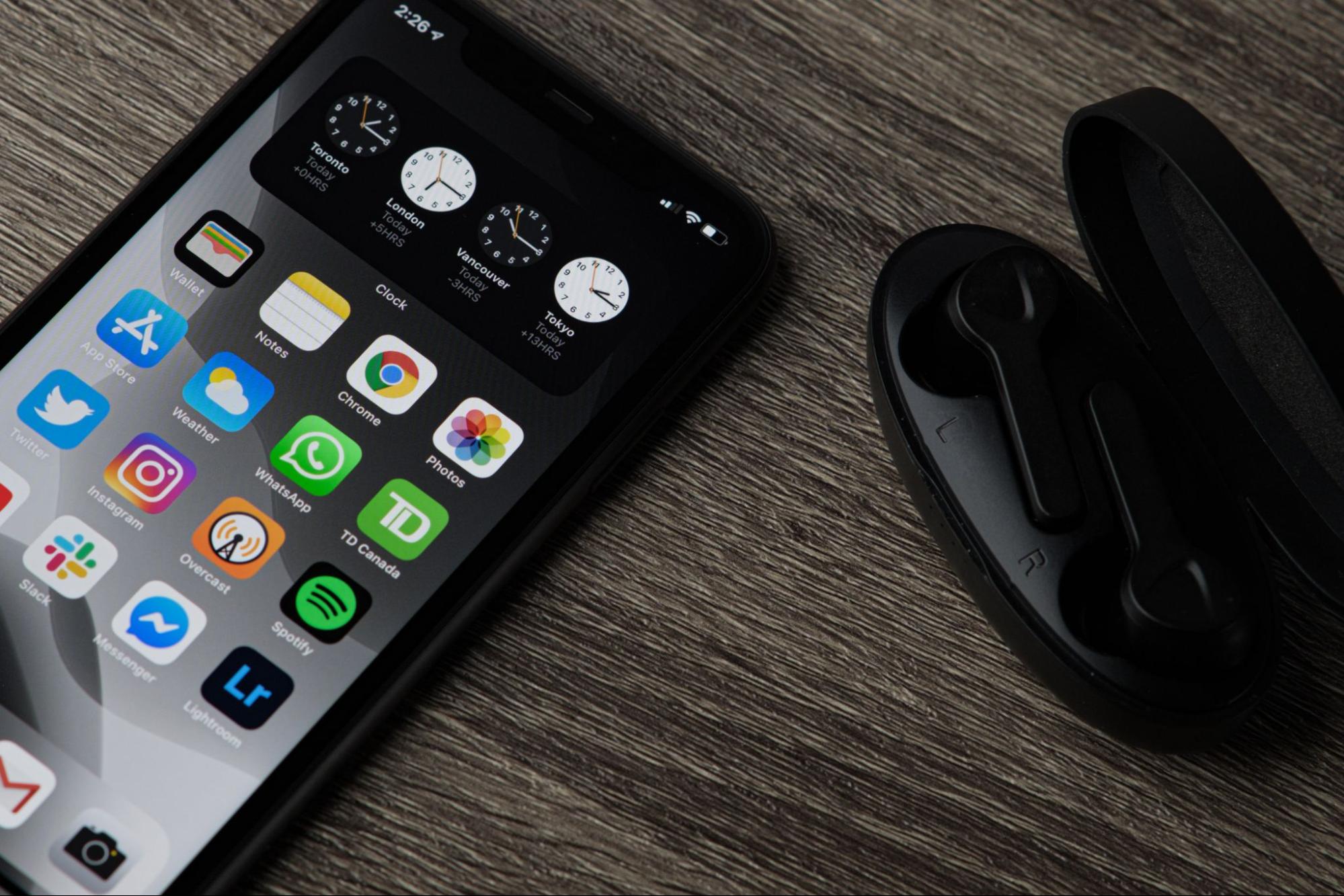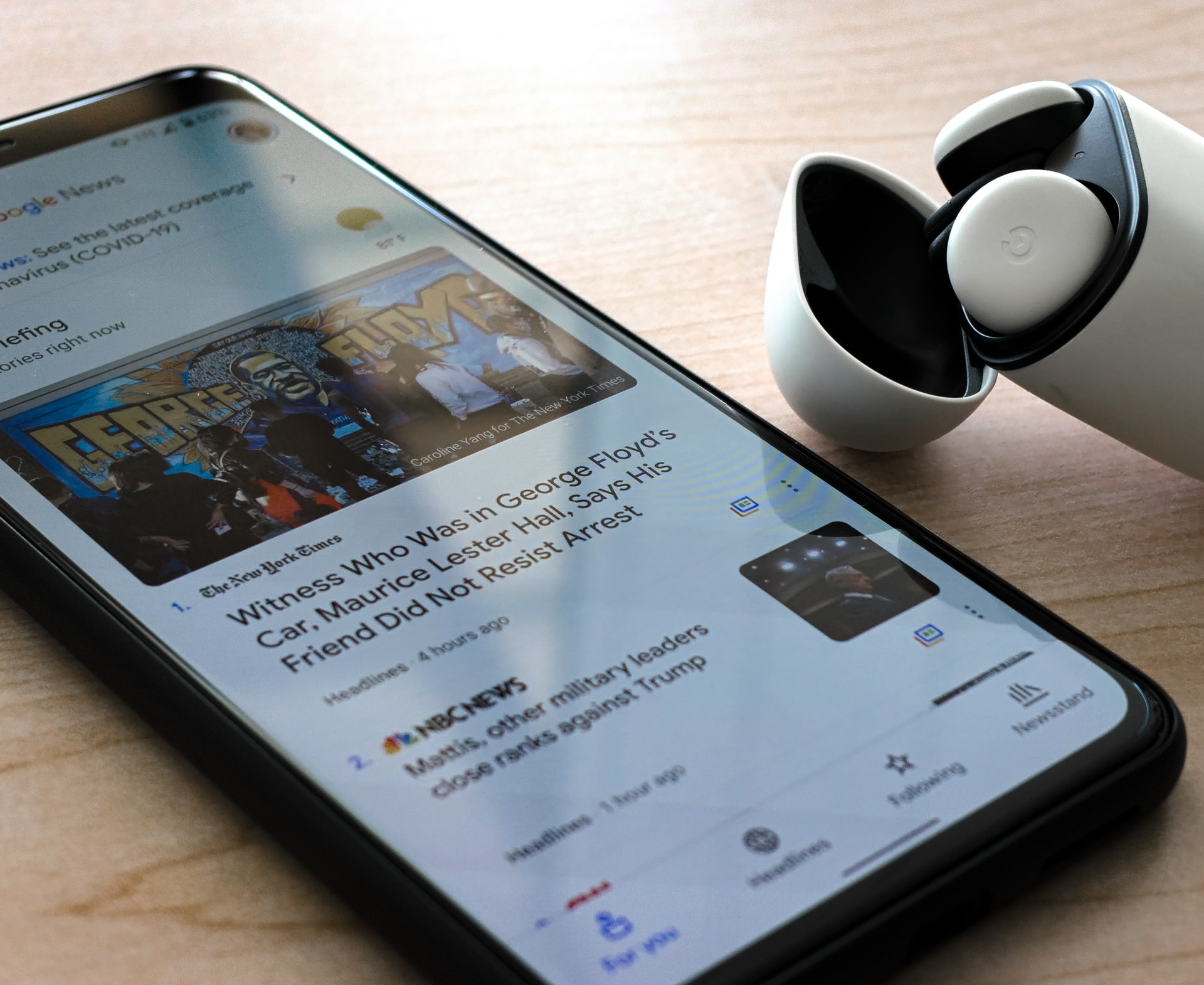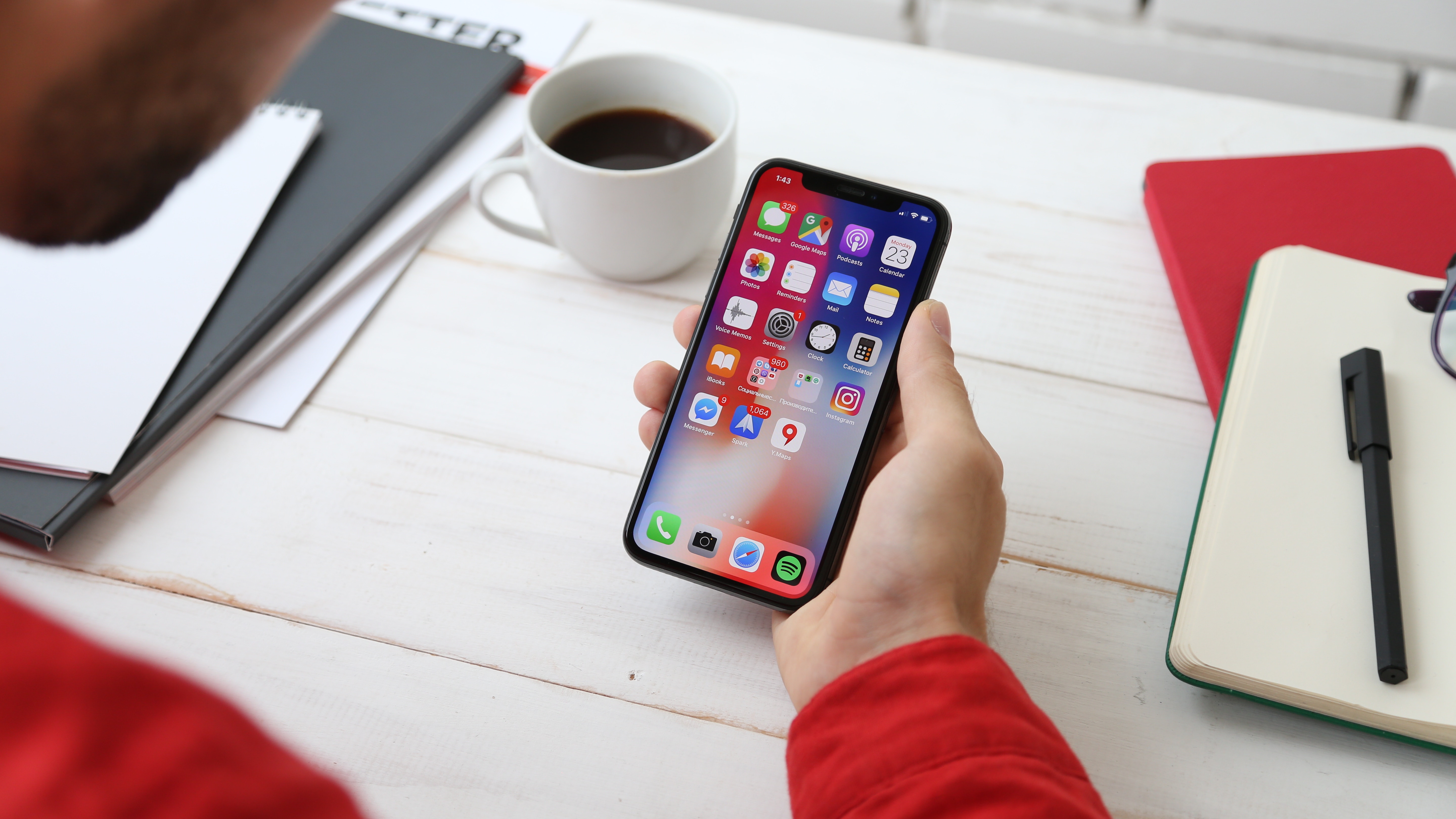How To Get Digital Marketing For Smartphone Users Right
August 7, 2023
How to Optimize Your Website for Mobile SEO
November 9, 2021
4 Mobile Marketing Tips to Save Your Company Money
November 20, 2020
Why Mobile Marketing Should Be Your Top Priority
August 10, 2020
How to create an app
June 6, 2019









